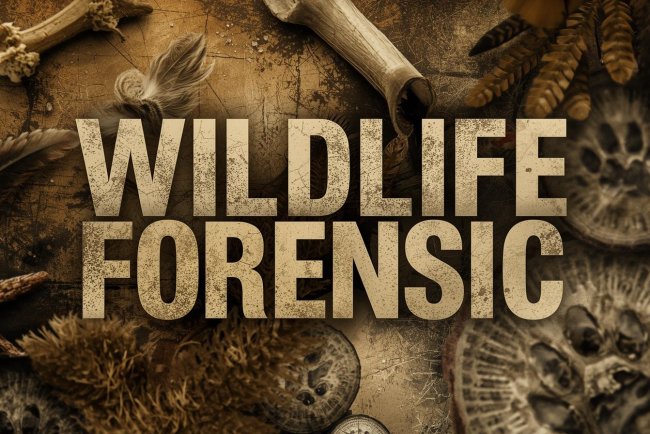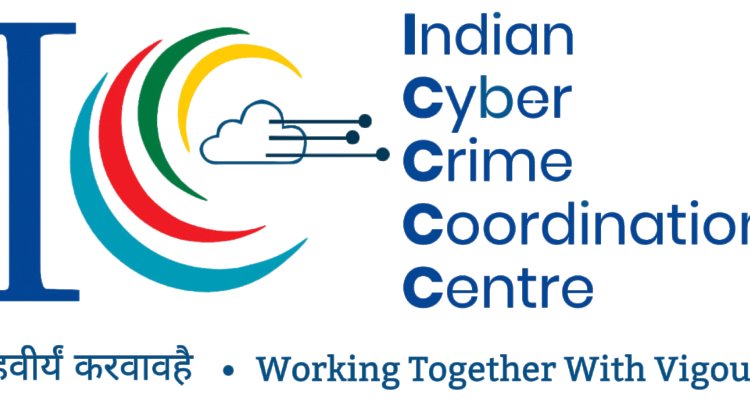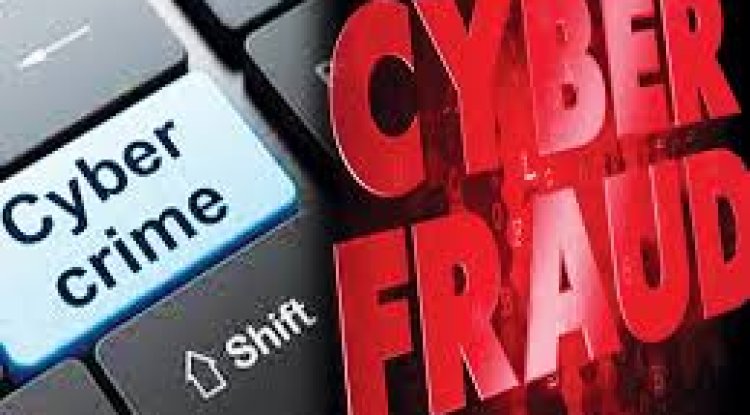Forensic Ballistics: Tracing Firearms in Organized Crime Cases
Organized crime in India and worldwide often involves the use of firearms—whether in gang wars, contract killings, arms smuggling, or extortion. Forensic ballistics, a critical subfield of forensic science, plays a key role in investigating such crimes by examining guns, bullets, and cartridge cases to link suspects to shootings. In an age where criminal networks frequently use unregistered or illegal weapons, forensic ballistics helps trace firearms, reconstruct shooting events, and uncover criminal links.
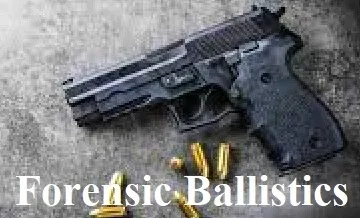
What Is Forensic Ballistics?
Forensic ballistics involves:
-
Internal ballistics: What happens inside the gun when a bullet is fired.
-
External ballistics: The bullet’s flight path after it leaves the barrel.
-
Terminal ballistics: The bullet's behavior when it hits a target (e.g., a human body or wall).
-
Comparative ballistics: Matching fired bullets and cartridges to specific weapons.

Core Techniques in Tracing Firearms
1. Bullet and Cartridge Case Examination
-
Every firearm leaves unique microscopic markings on bullets and shell casings.
-
Using a comparison microscope, forensic experts compare the markings on recovered bullets with those from test-fired bullets to identify the weapon.
2. Gunshot Residue (GSR) Testing
-
Detects traces of lead, barium, and antimony left when a firearm is discharged.
-
GSR analysis on hands, clothes, or nearby surfaces helps confirm if someone recently fired a gun.
3. Trajectory and Impact Analysis
-
Helps reconstruct a shooting by calculating the bullet’s path, angle, and distance.
-
Essential in determining shooter positions and bullet origins—especially in drive-by or crossfire incidents.
4. Serial Number Restoration
-
Criminals often file off serial numbers from firearms.
-
Using chemical or magnetic particle methods, forensic scientists can sometimes recover obliterated serial numbers to trace the weapon's origin.

Why It's Critical in Organized Crime
Weapon Linking
Organized gangs often use the same weapon in multiple crimes. Ballistic analysis can prove this connection, creating a pattern of criminal activity and supporting charges like conspiracy or gang involvement.
Case Example:
In a case involving the Lawrence Bishnoi gang (India), forensic experts matched bullets from multiple crime scenes to a single illegal firearm, helping police connect seemingly unrelated murders and identify the key perpetrators.
Cold Case Resolution
Ballistics can help re-open and solve cold cases by comparing old bullets with new evidence or weapons.
Mapping Criminal Networks
By tracing weapons used across incidents and jurisdictions, law enforcement can identify links between smugglers, gun runners, and hitmen, and map organized crime structures
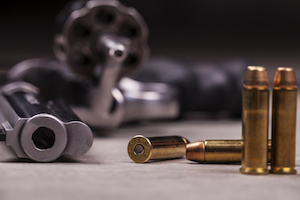
Databases and Tools Used
-
IBIS (Integrated Ballistics Identification System): A digital database for storing and comparing ballistic evidence.
-
NIBIN (National Integrated Ballistics Information Network) – Used in the US; India is developing similar national networks.
-
3D ballistic imaging systems: Provide high-precision analysis of bullet markings.
Legal Importance of Ballistic Evidence
-
Admissible in court if collected and analyzed properly.
-
Forensic ballistic experts often serve as expert witnesses, explaining weapon behavior and evidence linkage.
-
Can be crucial in securing convictions in gang-related shootings or arms trafficking cases.
Challenges in India
-
Shortage of trained ballistic experts and forensic infrastructure.
-
Delays in evidence processing due to overburdened state forensic labs.
-
Proliferation of illegal country-made firearms, especially in states like UP, Bihar, and MP, complicates tracing.
-
Limited integration of national firearms databases.
Follow cyberdeepakyadav.com on
Facebook, Twitter, LinkedIn, Instagram, and YouTube
What's Your Reaction?







